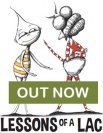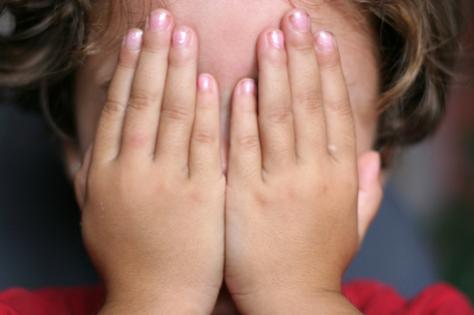Most of us try to do the best we can with the resources we have on board ourselves. Remember, we are just people bringing up people. So when it comes to dealing with the emotional side of our kids’ lives, our own emotional training will come into play.
Our natural default setting reflects how we were taught to deal with our emotions during our own upbringing. Sometimes our natural way could do with a bit of tweaking. And that is where education about what kids need emotionally, strategies, and conscious awareness comes into parenting.
When it comes to helping our little ones to cope well with anxiety, it comes down to these main points:
1. Understand what anxiety is
2. Learn strategies to help them deal with the symptoms
3. Learn their signs that they are anxious and prompt them to intervene (that is: to use a strategy)
4. Be aware when we showing them our own anxiety and remember to ‘model’ simple strategies to manage it.
5. Have an outlet to vent our frustration and angst because it can be very taxing helping a child to manage anxiety, especially if we are prone to feeling anxious ourselves!
What exactly is anxiety?
Anxiety is a fear response. It is a very primitive response that has been with us since we’ve existed, and it is the system that protects us from danger.
The basic process of how it works is as follows.
We have the environment we live in and we have our brain. There is a part in the brain that registers fear and sets the protection system in motion. This part is like a smoke alarm. When we have anxious thoughts, they are like smoke going to the smoke alarm. And as is a smoke alarm’s job, it alerts us to the high likelihood of fire. If it could speak it would say: Danger! Danger! Act quickly to protect yourself!
So with anxiety, a message is sent to the brain, the message is always a danger message: what if this bad thing happens?!; what if that bad thing happens?! Smoke is detected and the protection system is switched on.
The thing with anxiety though is that there is no real danger, BUT the anxious chatter creates danger and THAT’S what the body responds to. The body doesn’t differentiate between a real life threat and one that anxious chatter creates. The ‘flavour’ of the message sent to the body (dangerous) generates the smoke and the body says: Protect! Protect!
Understanding just what anxiety is, provides a clear direction to head in when intervening in anxiety. Very broadly, you need to help your child head in the direction of calming down by helping him send a non-danger message to the body instead.
If kids are experiencing some anxiety, or at least some worries, check in with them to get insight into how they might be seeing the world at that time.
Here is a list of common worries and fears children have:
- The dark
- Heights, spiders, dogs
- Separation from parent/caregiver
- Talking or performing in front of others
- Illness or death (either one’s own or someone close to the child)
- Being left behind or not being picked up (from school)
- School work – for example, getting work wrong or not knowing how to approach a topic
- Meeting new people/going to new places/new experiences
- Conflict at home
- Loud or unusual sounds
- Losing control
- Anticipating a new sibling
- Not pleasing you as a parent- fear of disapproval
- Clowns, fantasy animals, Santa
- Mistakes and embarrassing moments – for example, wetting pants
- Authority figures
- Change in routine
There is also a small list that is unique to each individual child based on their experiences in their little lives so far.
The most important thing to remember is: never underestimate the power of our relationship with our kids.
When kids are feeling anxious, they feel something similar to when they are scared. They need to feel safe.
The common strategies are aimed at having this effect, but nothing really compares to a cuddle from someone they feel is a safe harbour for them.

Buy Lynn's new book at Room To Connect


















__small.png)










